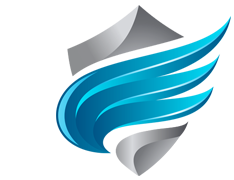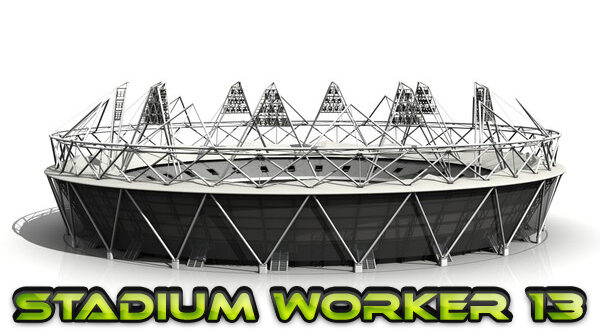This is a tool that allows you edit stadiums for FIFA 12 and FIFA 13.
Keyboard Shortcuts:
- Zoom: Mouse wheel
- Rapid Zoom: Mouse wheel + CTRL
- Selection: Mouse + right-click
- Multiple Selection: Mouse + right-click + CTRL
- Deselect: Mouse + right-click + ALT
- Move Points: ALT + Mouse (for more precision, use the arrows in the “Working Console”).
General Information on SW12:
SW12 allows you to import the “parts” of an old FIFA “o” file one by one, as well as 3ds files (objects must be attached before importing) and Blender b2f files.
Important Note: Never delete any part of an RX3 file. Some parts are essential for the proper functioning of the stadium, such as goals, objects around the stadium, shadows, adboards, home and away banners, the sky, etc. Be sure to identify and retain essential parts. If a part is not used, select “Import Empty Vertices” to replace its meshes with a single mesh placed far from the stadium.
Vertices Format: Import only into parts with “vertices format = 32.” These have two textures:
- Diffuse: Similar to old “o” files.
- Ambient: Adjusts the brightness of the texture.
Some parts share the same diffuse texture, while others share the same ambient texture without necessarily having the same diffuse texture.
“Import O Part” Tab:
This tab allows you to view and import parts in “o” format.
- Be sure to resize the “Bounding Box” for each imported part. If the bounding box does not properly enclose the part, it will not be visible in the game (the same applies to the “Bounding Box Group”).
Tip for Stadium Creators:
If you still have files in Rhinoceros format, separate meshes into smaller parts for better in-game rendering. Split the front-facing meshes and the meshes against the light. Adjust ambient textures to add more depth to structures.
Use HARP Stadium Builder by Hercules to create “.oif” files (don’t forget to apply the lighting tool), then import the files into an “o” file using OFileWorker. Finally, use StadiumW12.
“Working Console” Tab:
- Automatic Bounding Box Calculation: Automatically resizes the bounding box.
- Use “View” to check if the line is correct.
- Use “Write” to modify the bounding box.
When opening Glare, GroupBoundingBox, or Collisions Geometry files, parts are divided into groups. Select the group you want to modify from the “Group” window.
- Use the arrow keys to move selected points.
- Align selected points vertically or horizontally using the buttons to the left of the arrows.
- Save and Import RX3 File: Saves an RX3 part and imports it into another stadium RX3 file.
- Save and Export “Player Bench”: Designed for users who accidentally modify or delete the “player bench” part after multiple edits.
“Crowd” Tab:
Creating new crowds for a stadium is time-consuming and challenging. Points must be moved individually to their new positions. The easiest method is to create a point file in Rhinoceros 4 and import it.
Important Notes:
- Tabs in this section act only on the selected points.
- Modifications are saved directly (no undo option), so make regular backups.
You can:
- Change seat colors.
- Adjust the orientation of spectators relative to the field.
- Assign spectator types (home, away, neutral, and motivations represented by “+” symbols).
- Adjust lighting with “Shadow” and “Lum” groups (use sparingly as their effects remain unclear).
Once all spectators are placed, export unused points as a new “crowd” file using “Selected to a New Crowd File.”
“Textures” Tab:
This tab displays “Diffuse” and “Ambient” textures, including information about their size and the number of bitmaps.
Features:
- Adjust the position of texture coordinates.
- Export textures in BMP and DDS formats.
- Import textures in DDS format.
“Rhino Info” Tab:
- Export parts in 3DM format (Rhinoceros 4).
- Import 3DM files containing points and save them in DAT format (crowd).
 FIFA Infinity Mods
FIFA Infinity Mods





